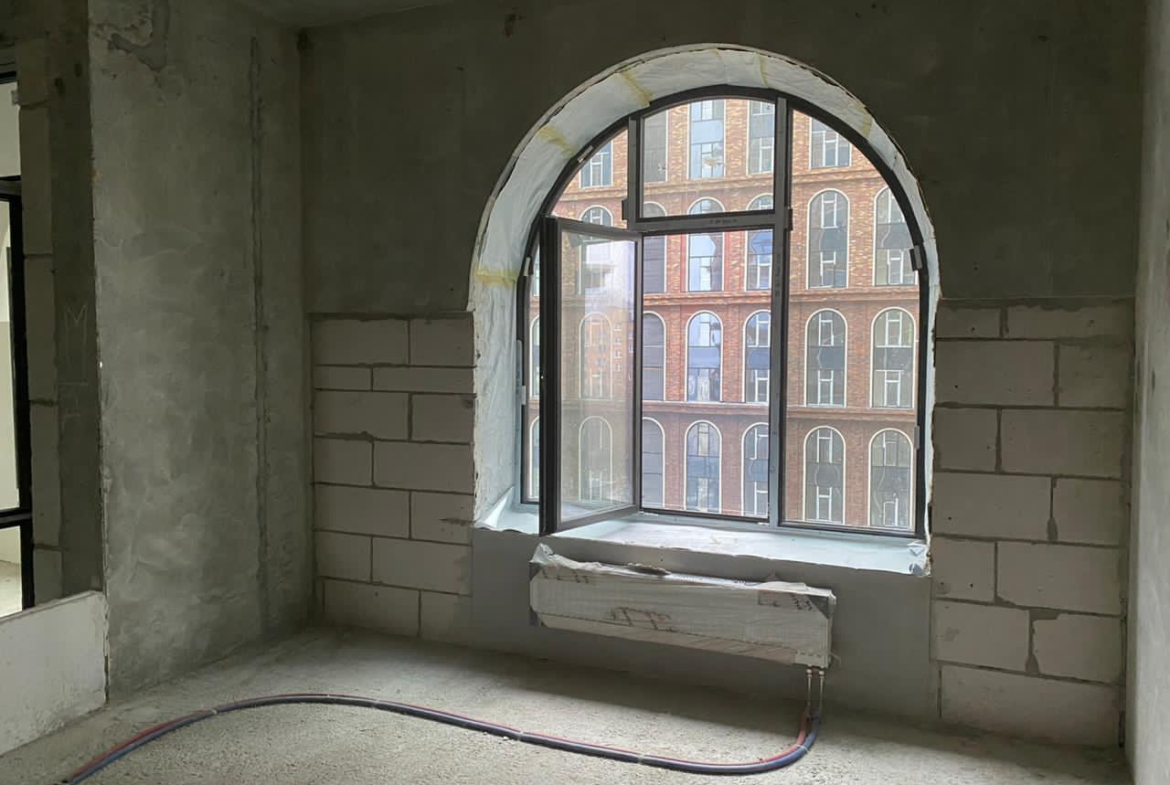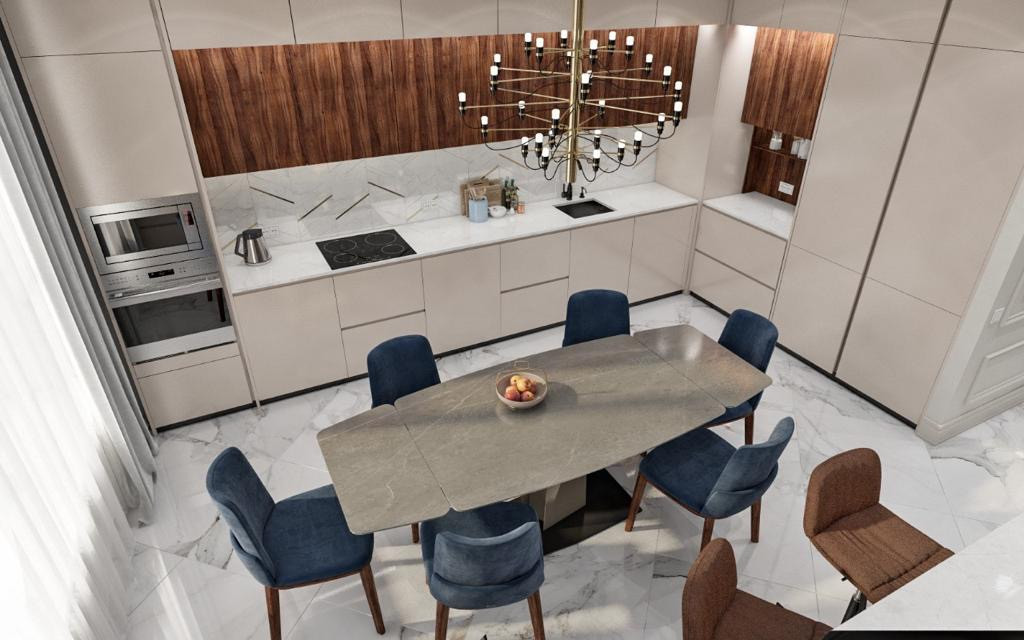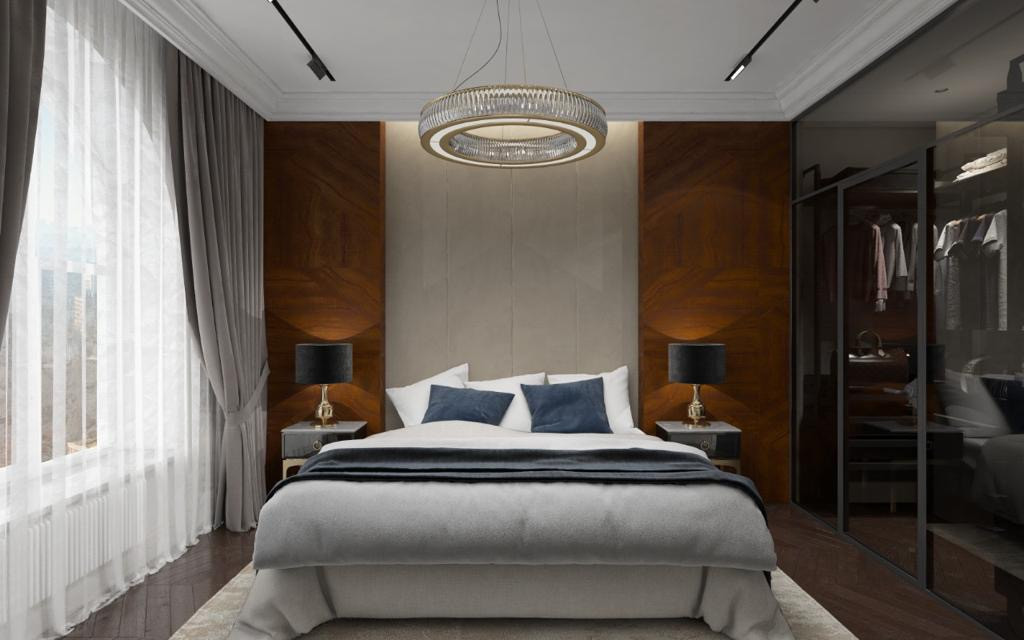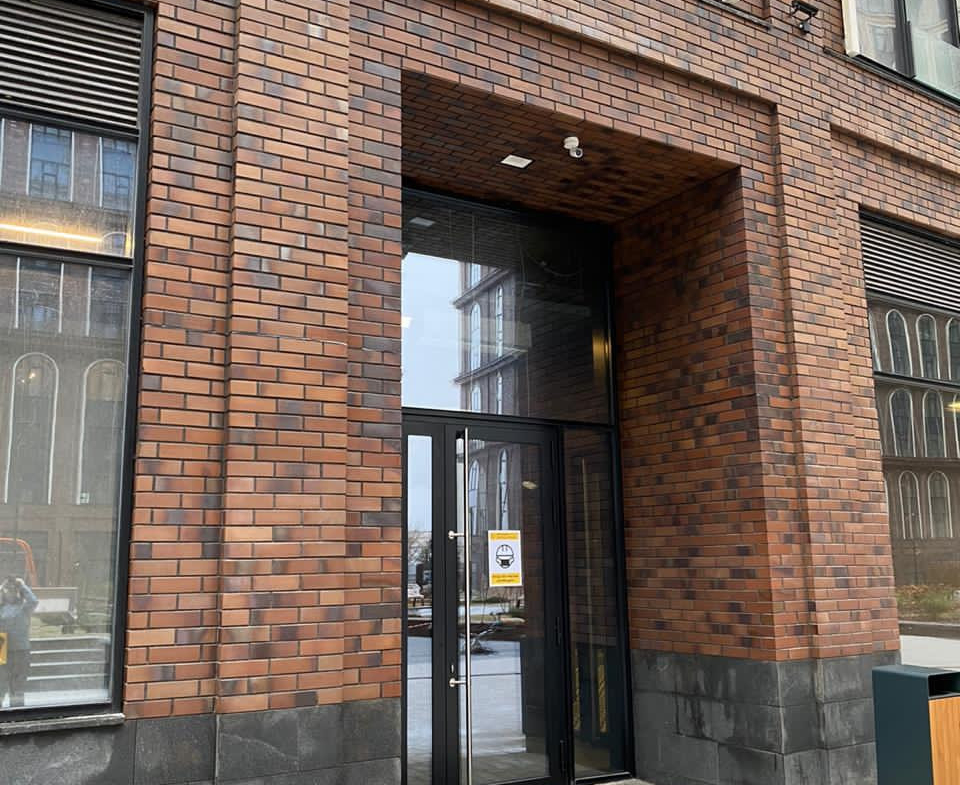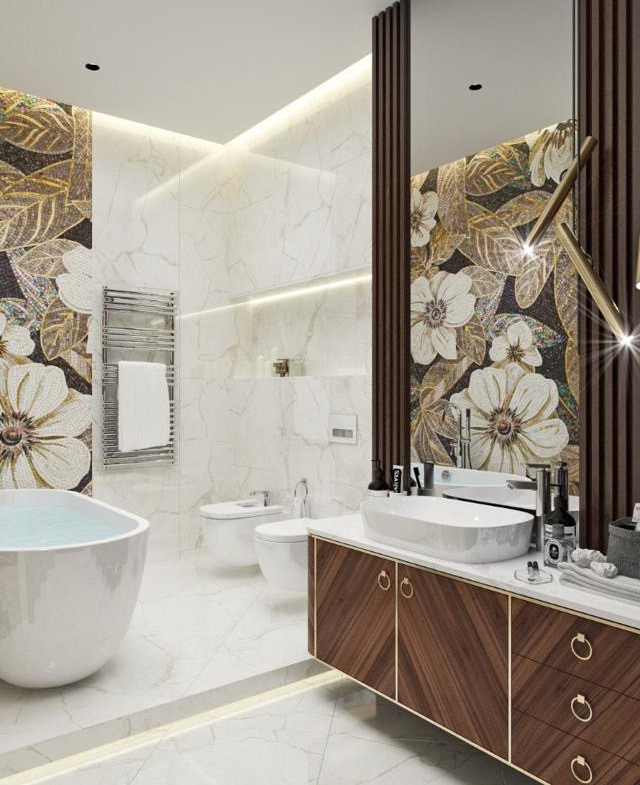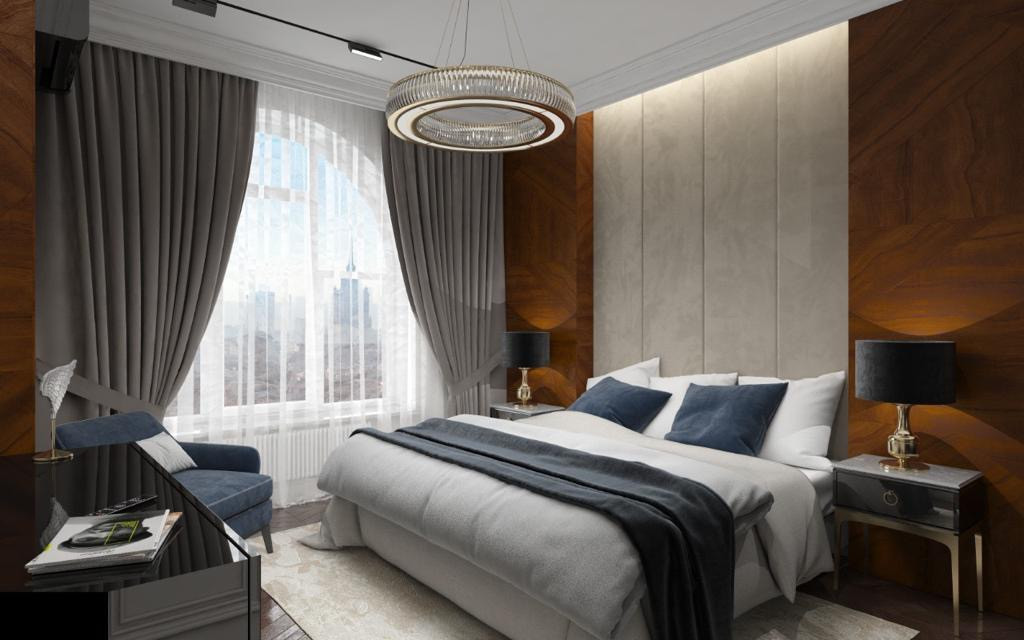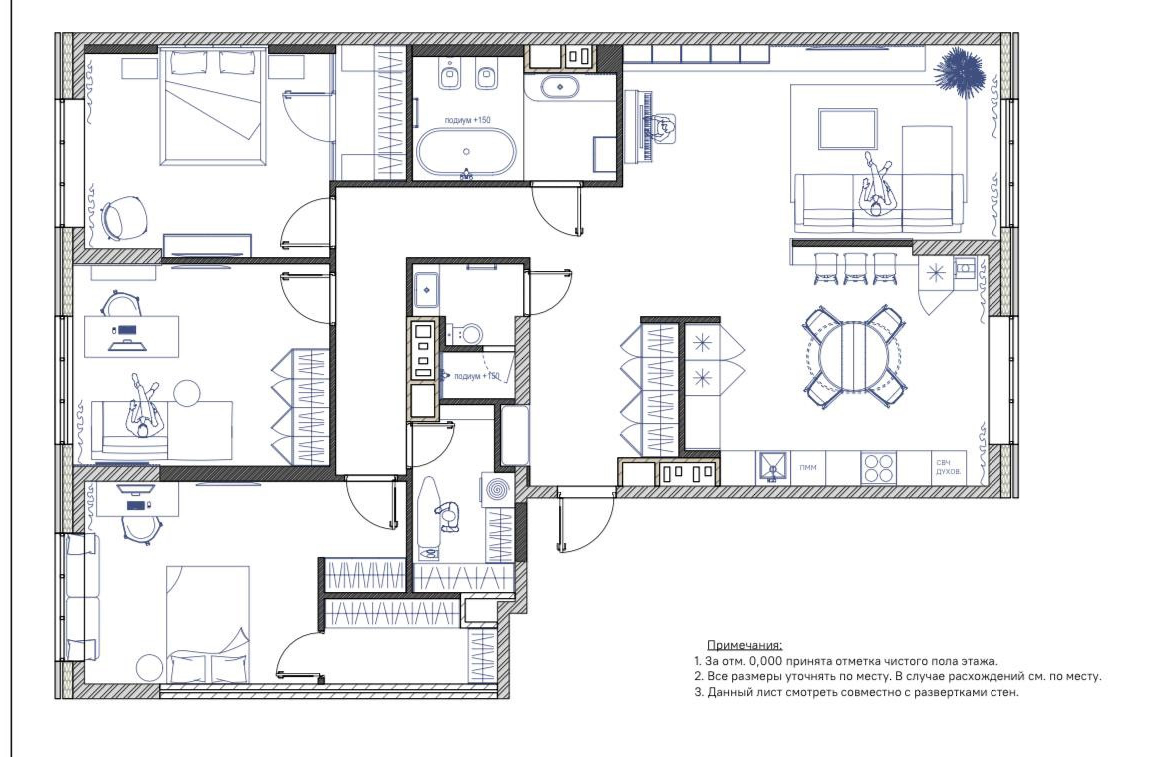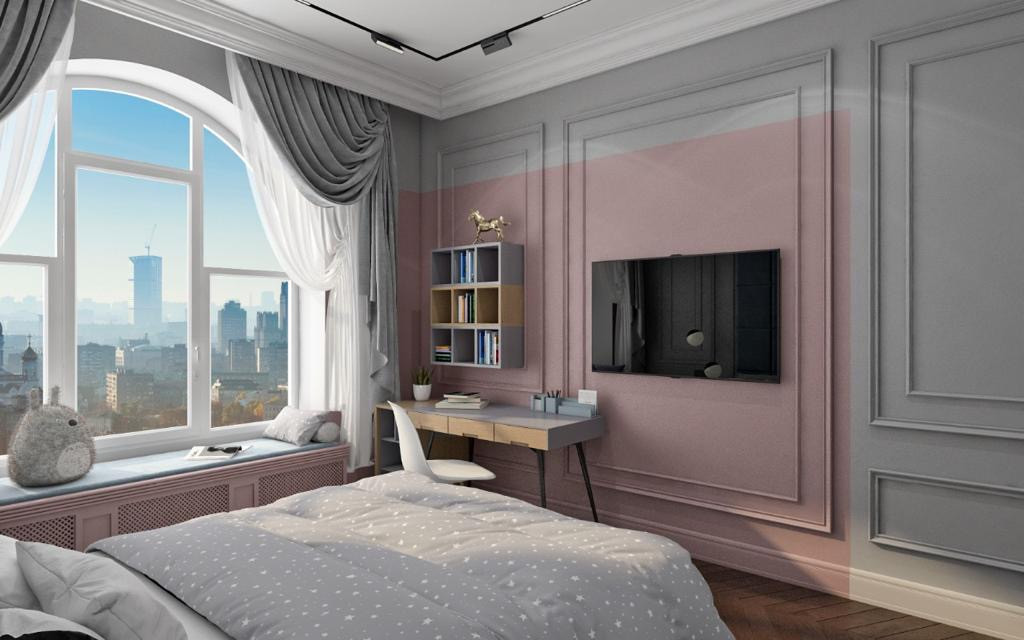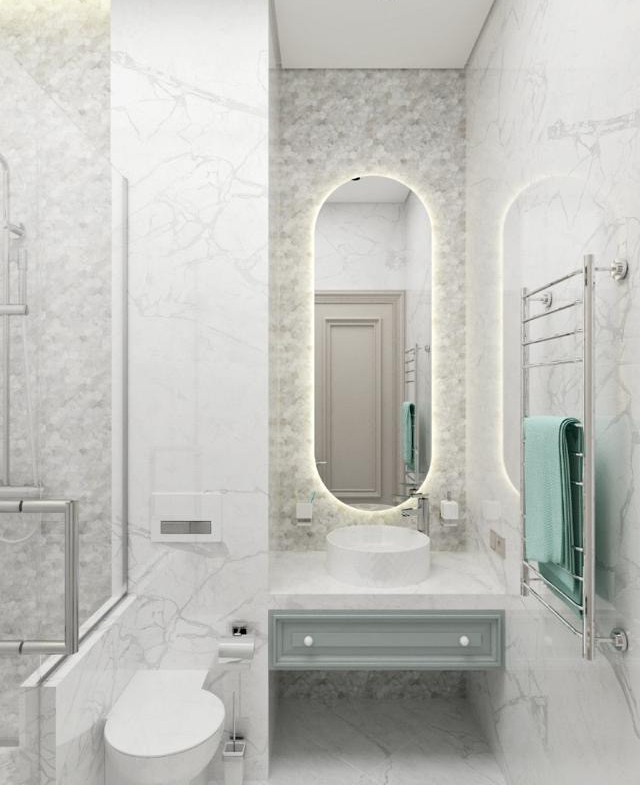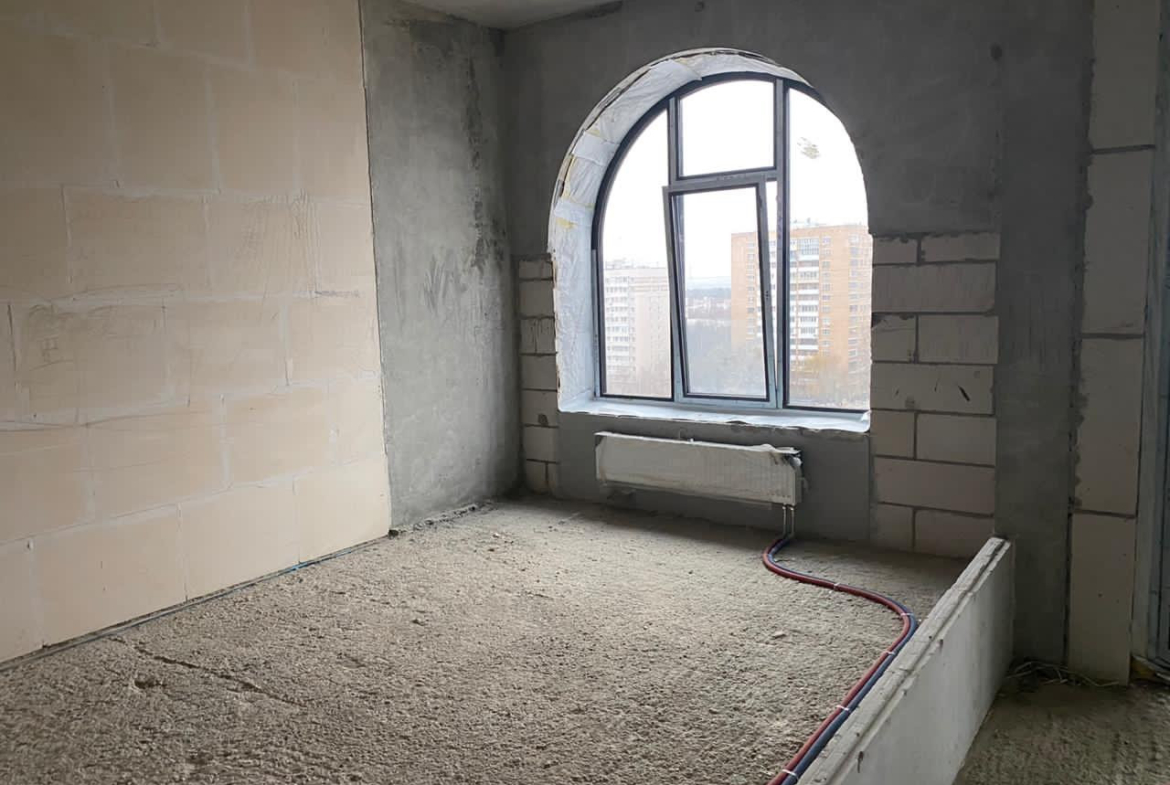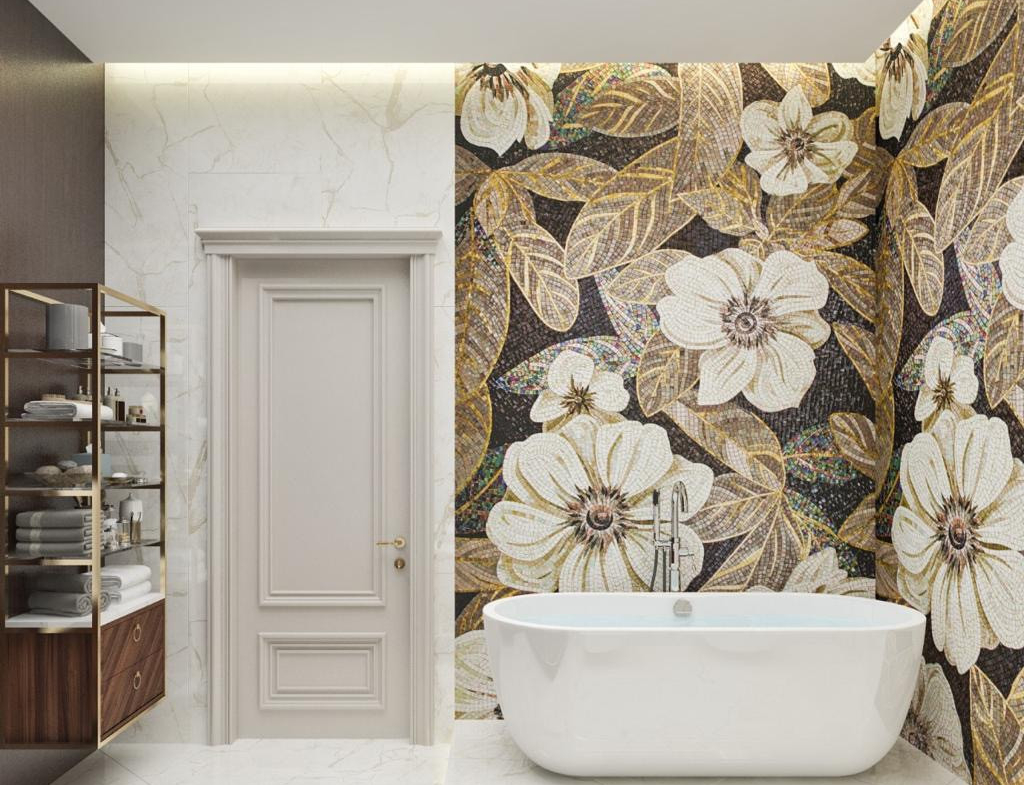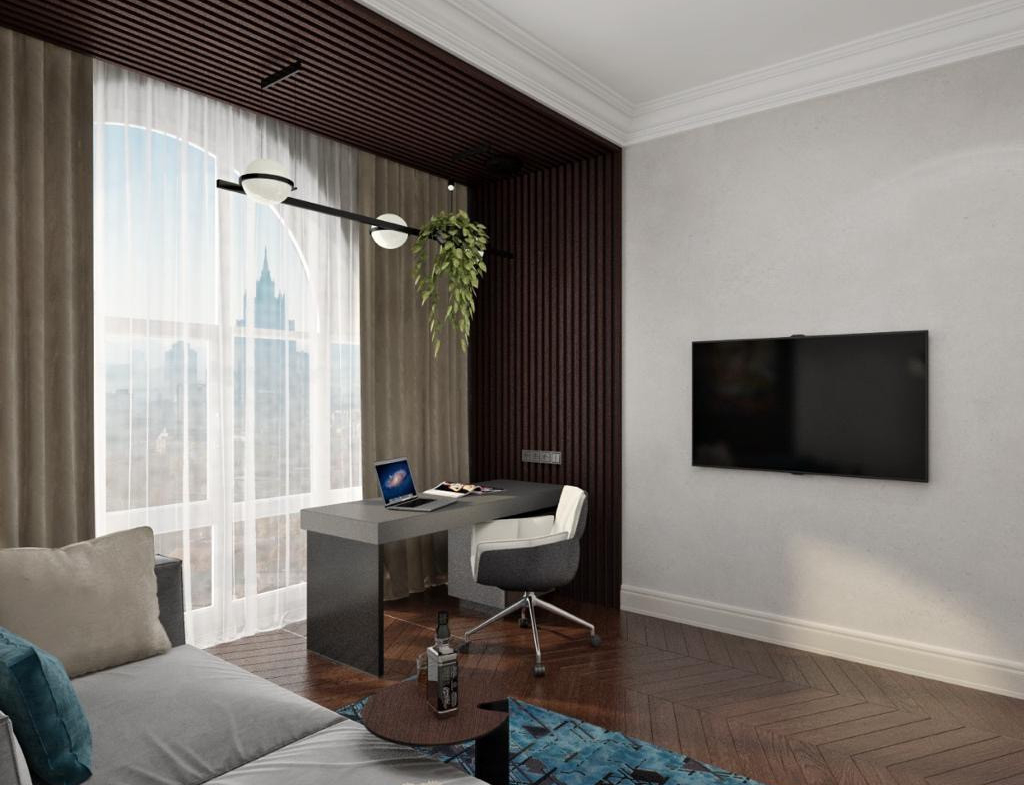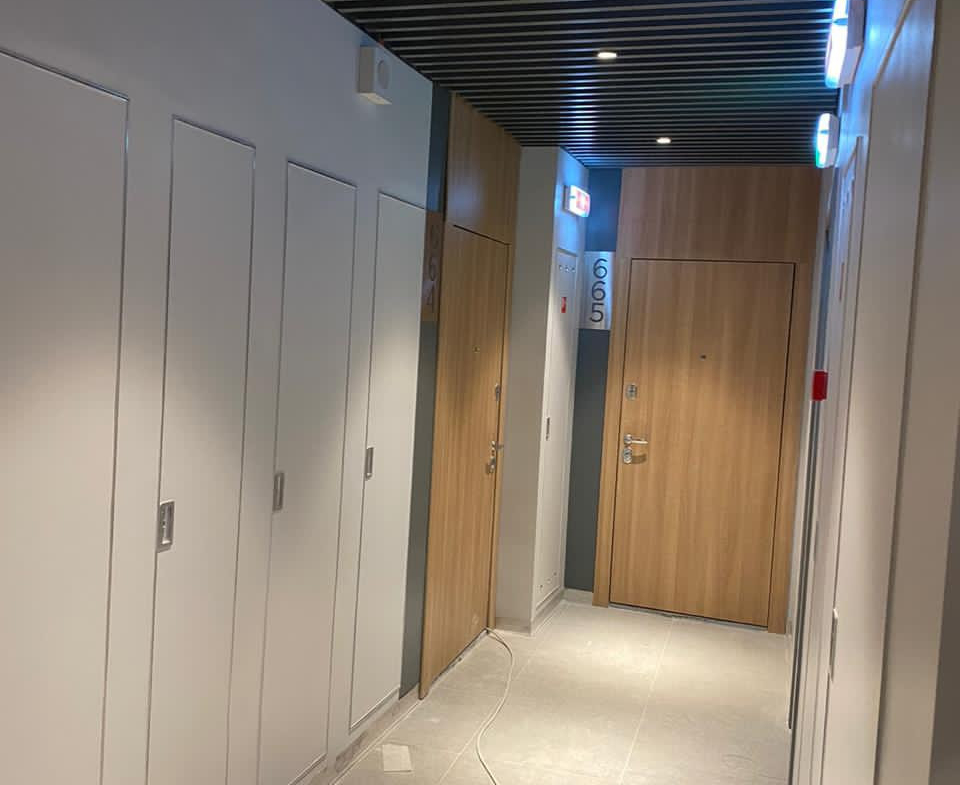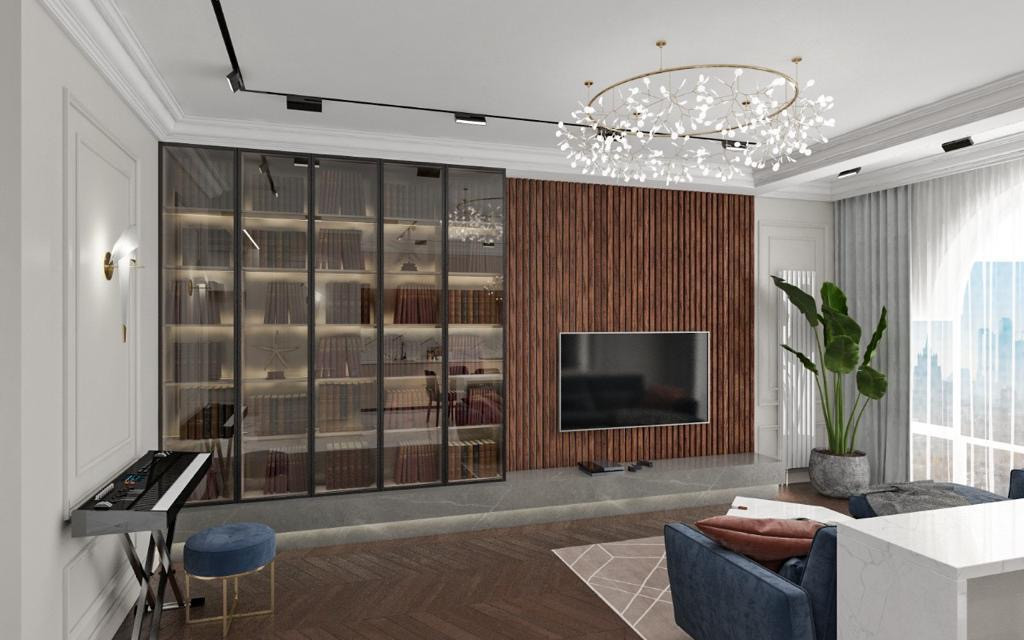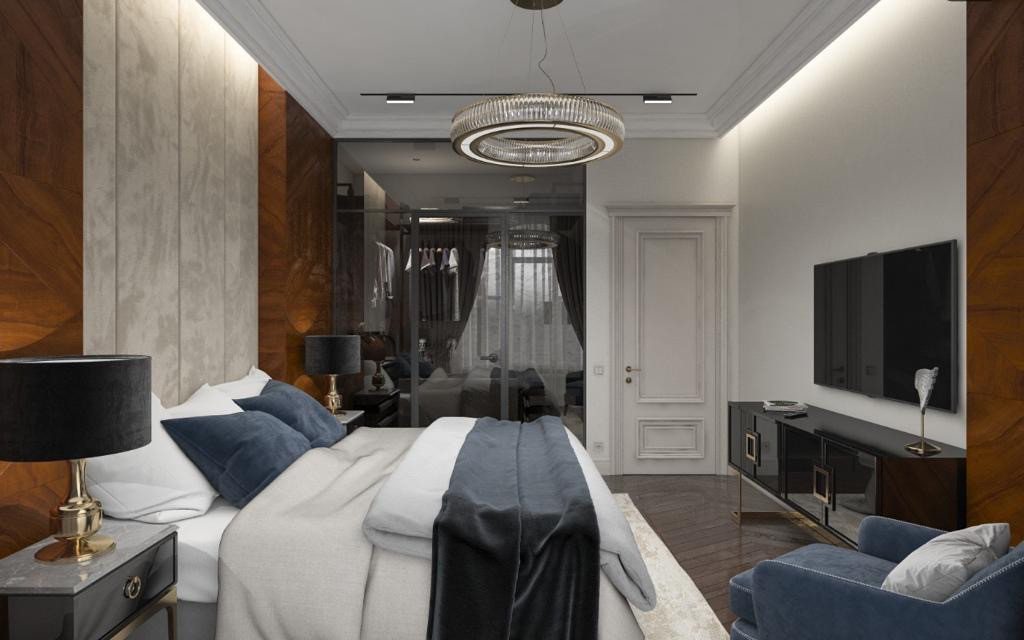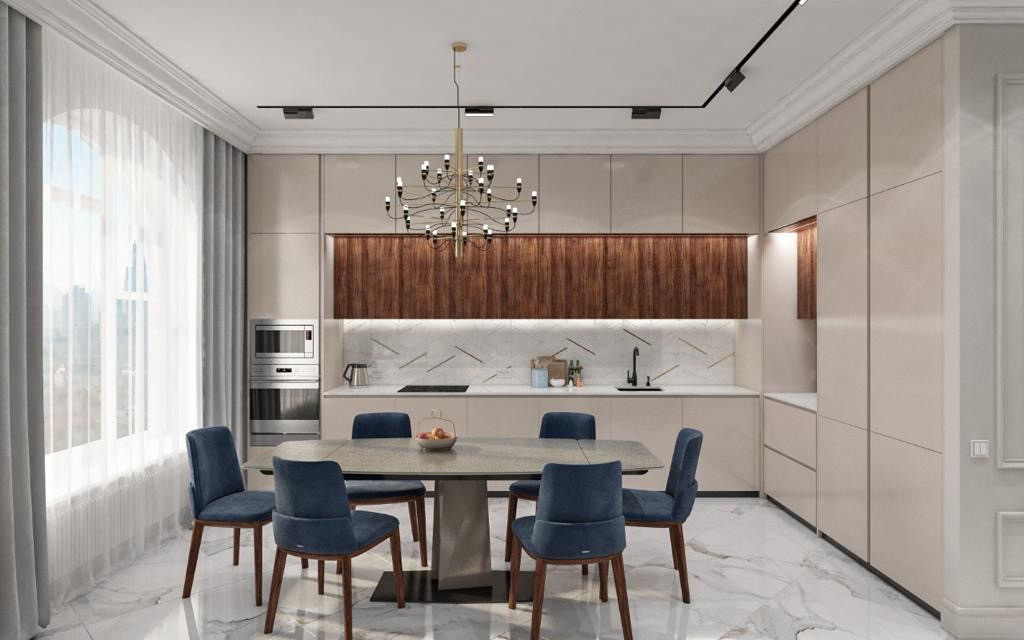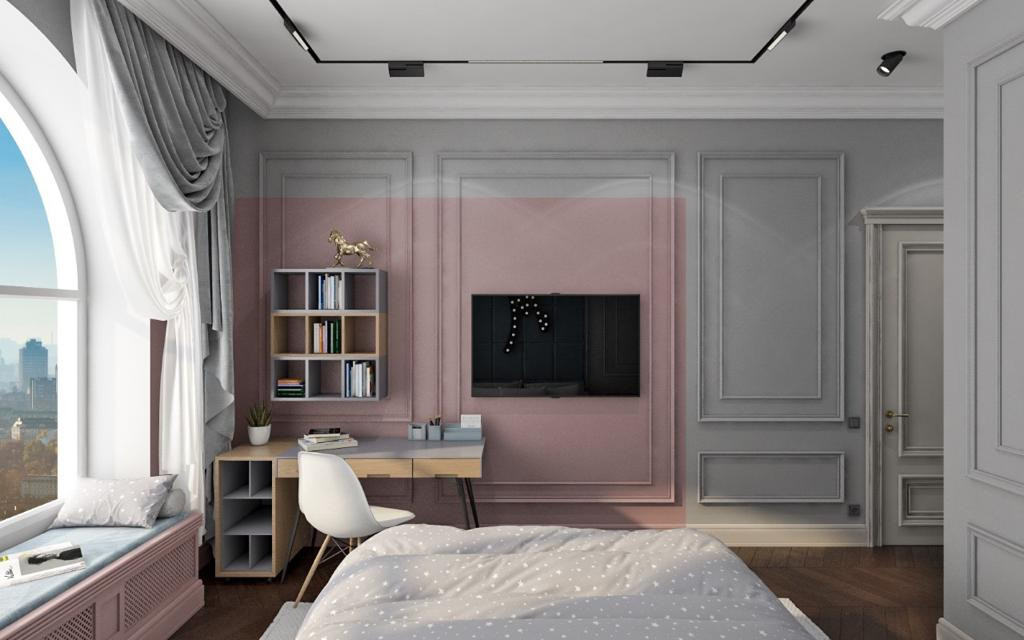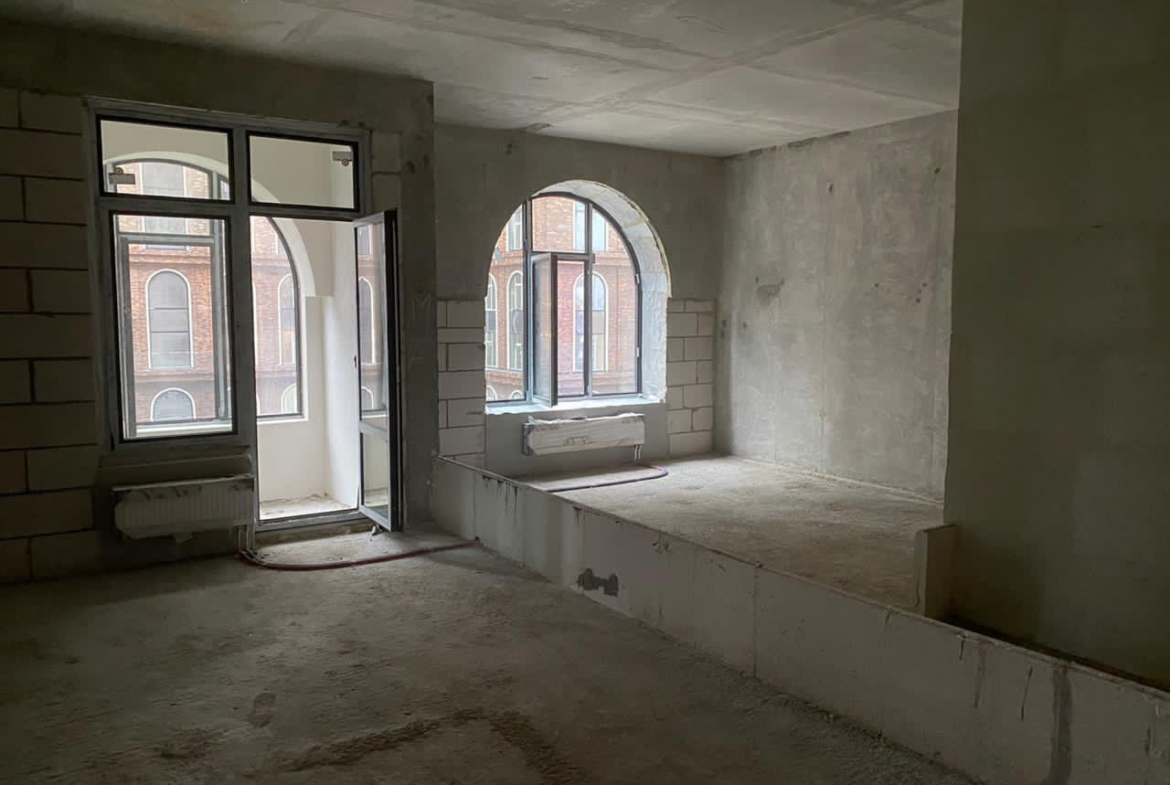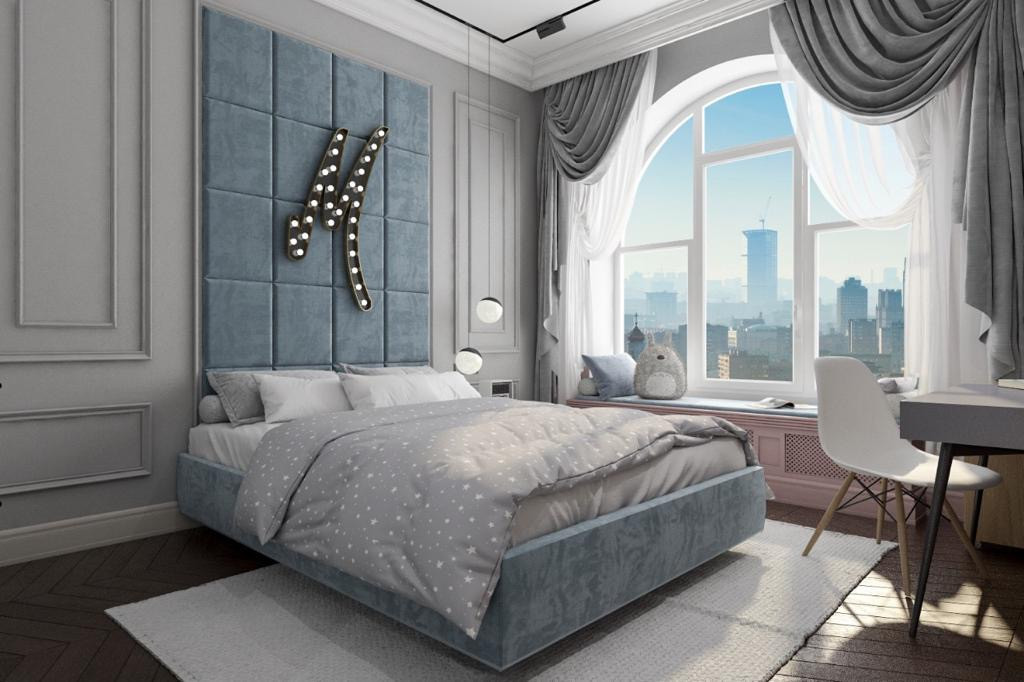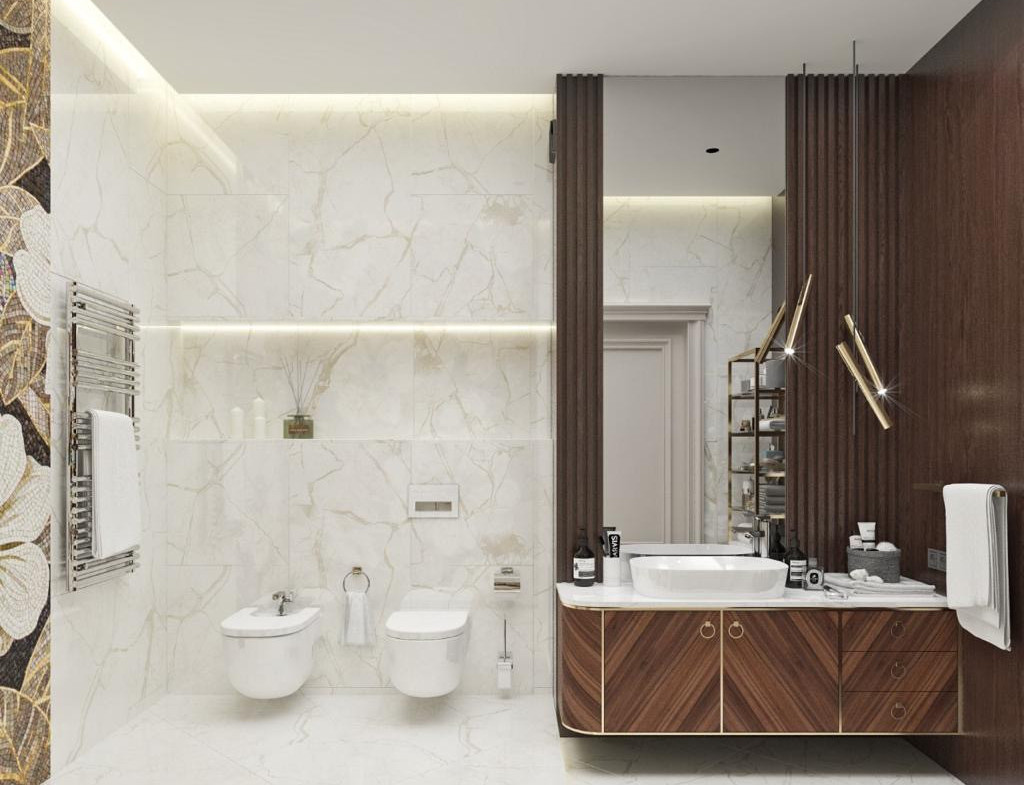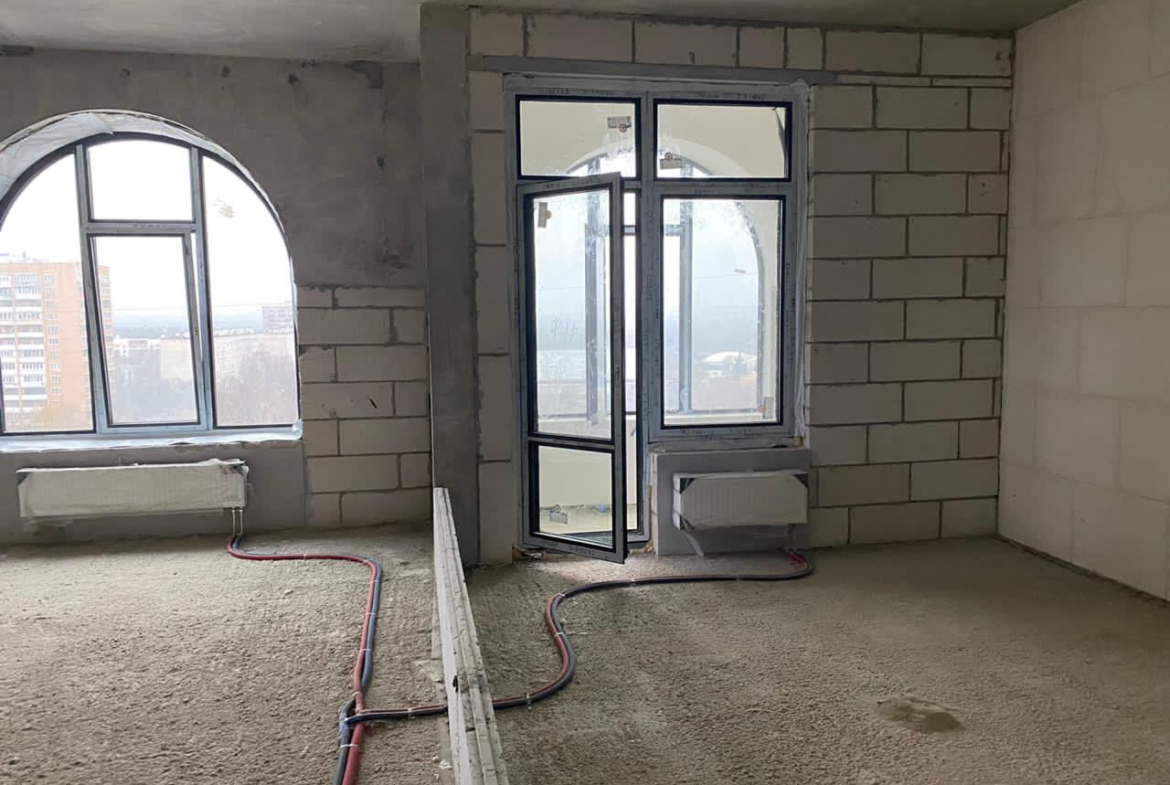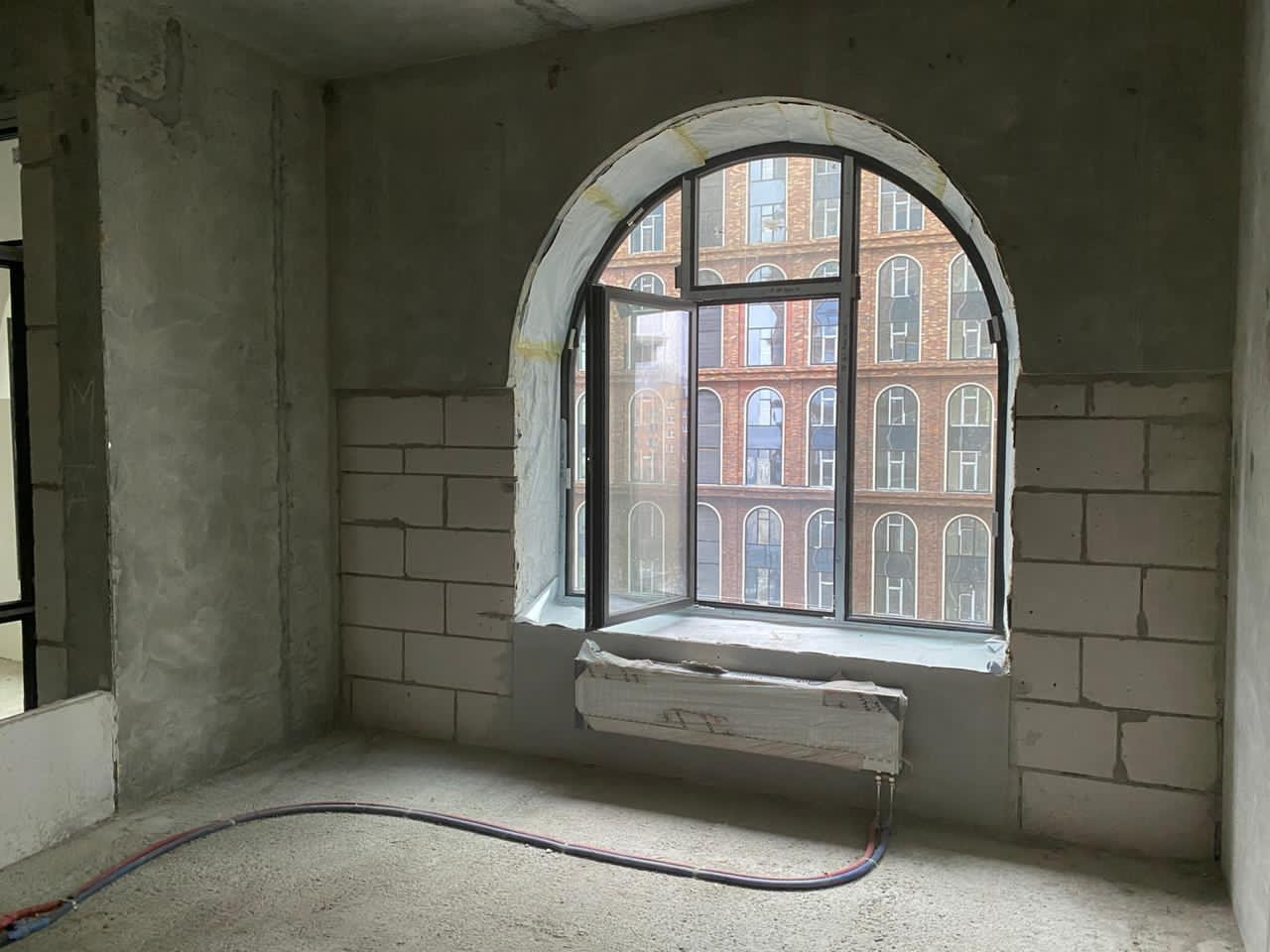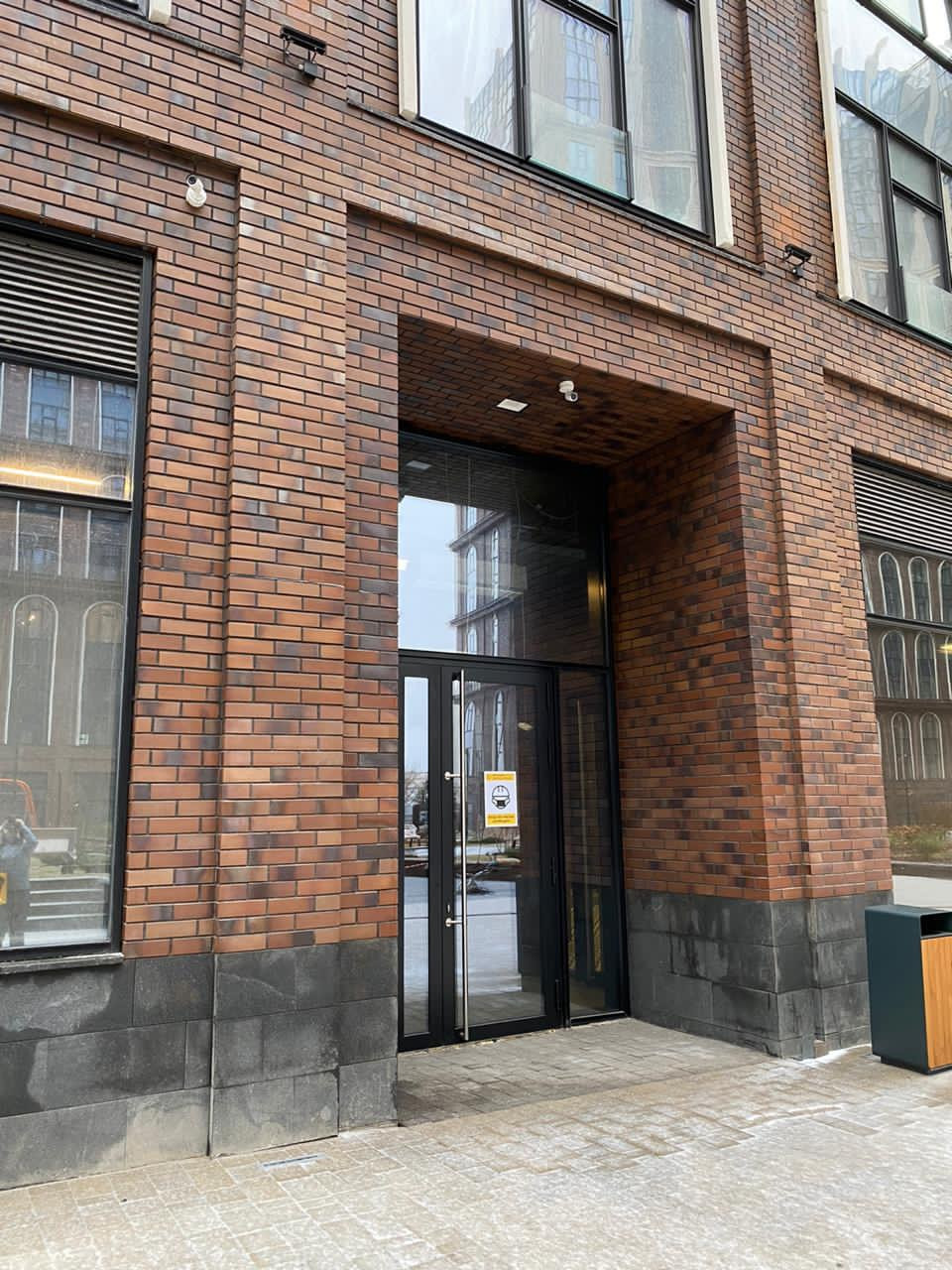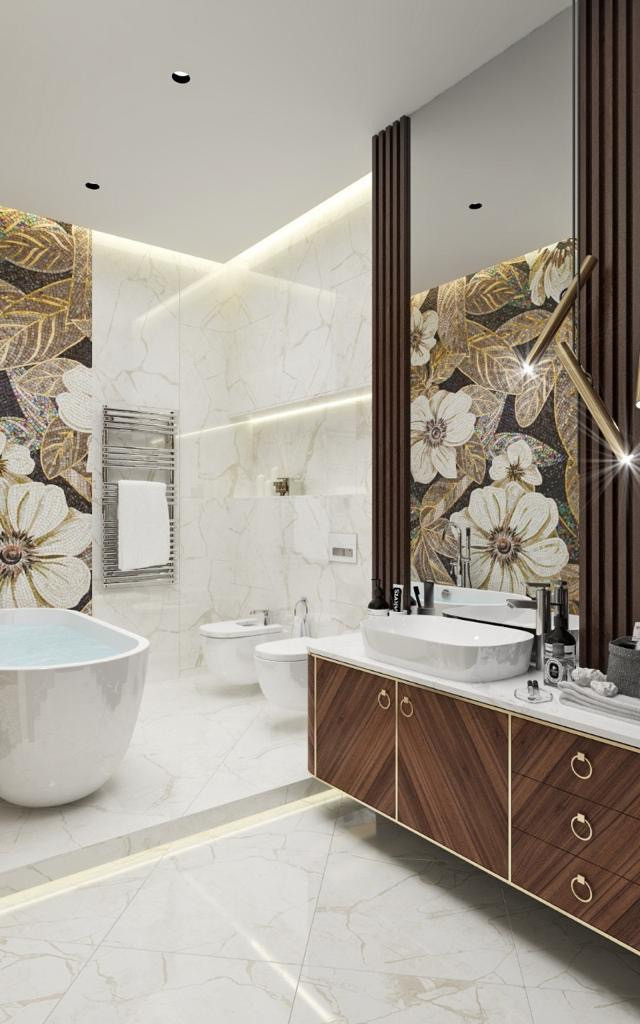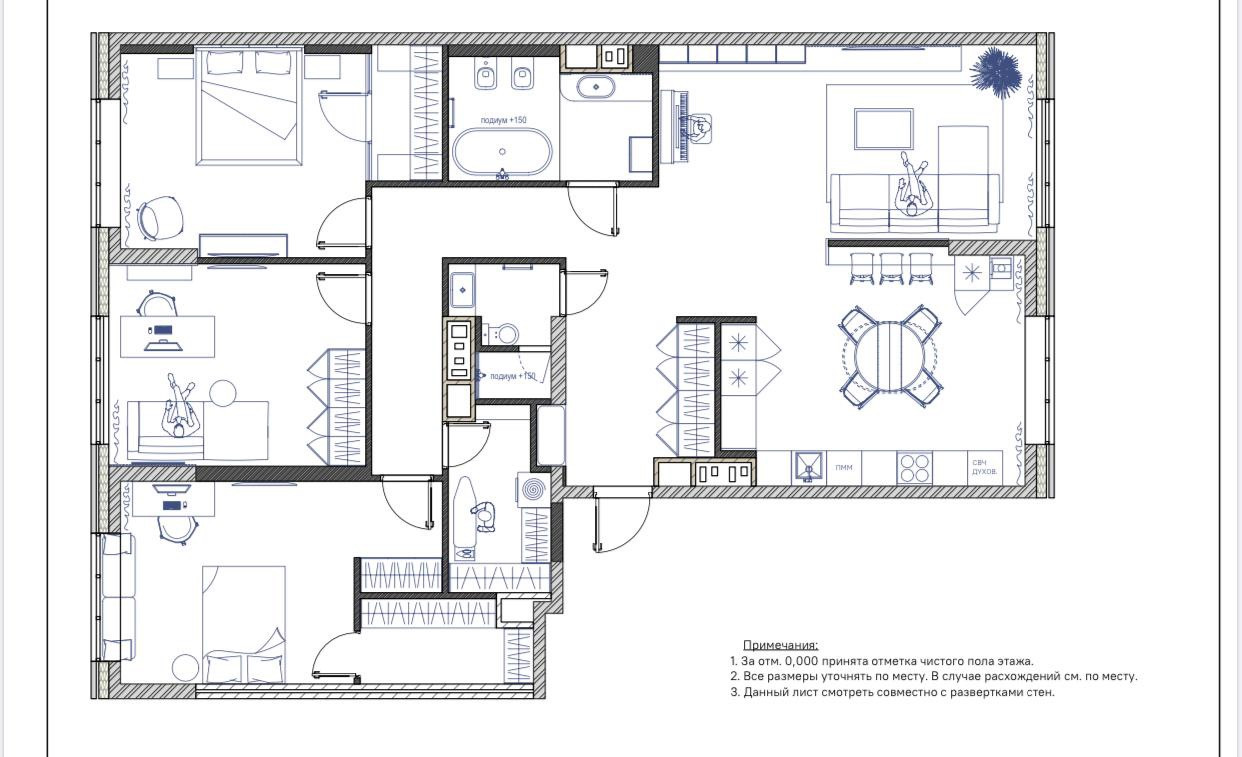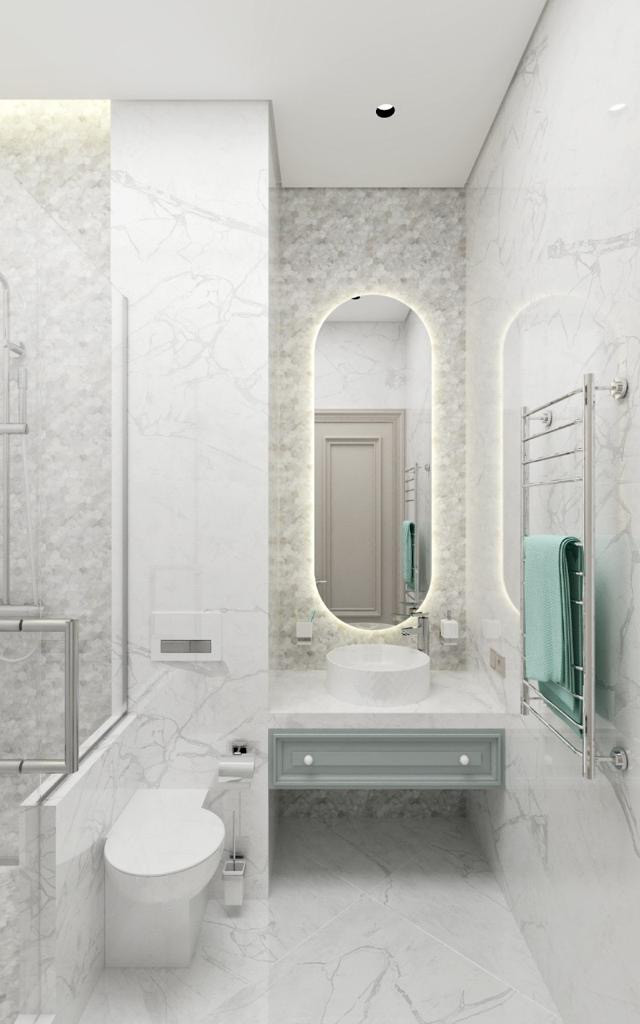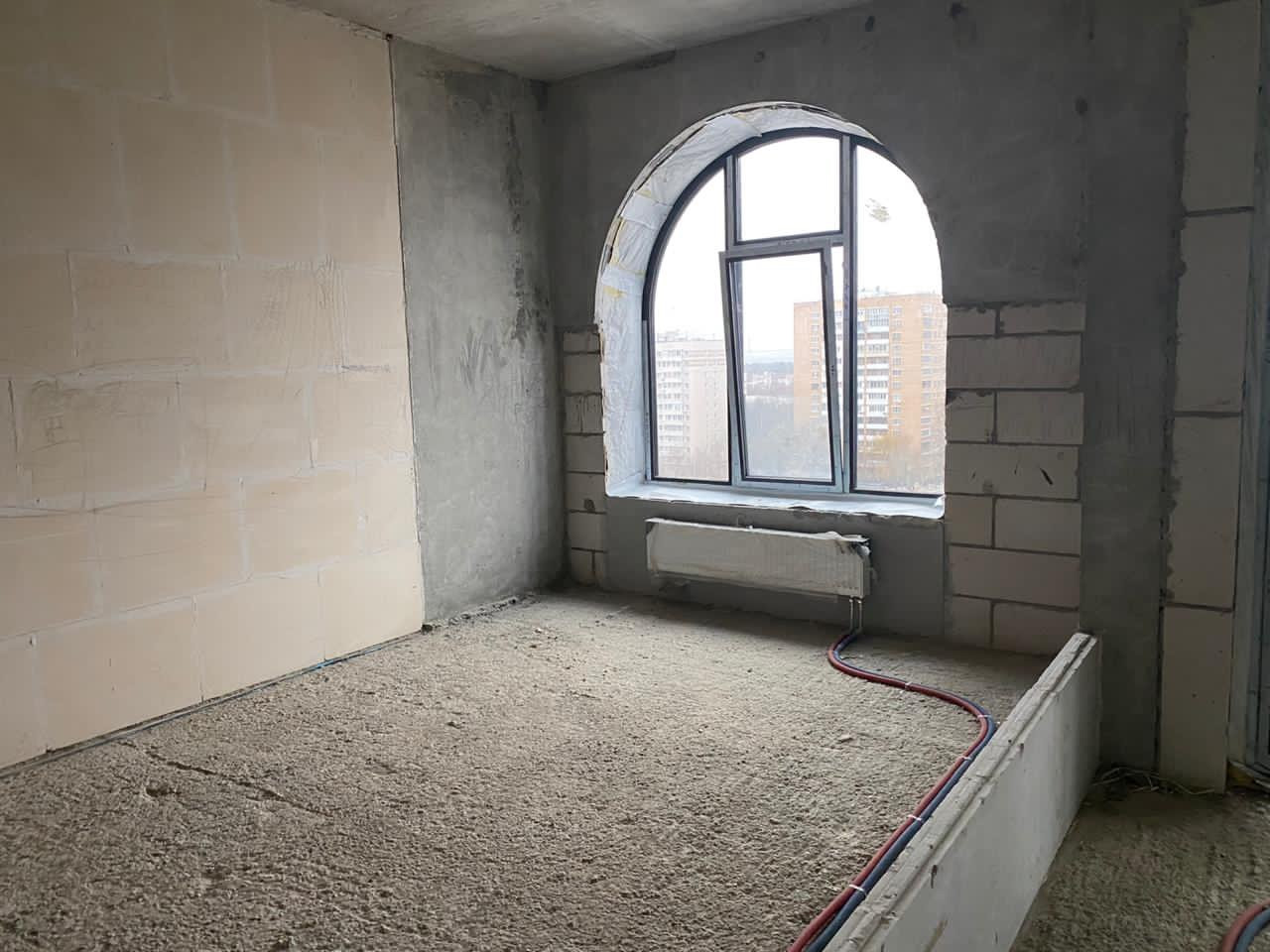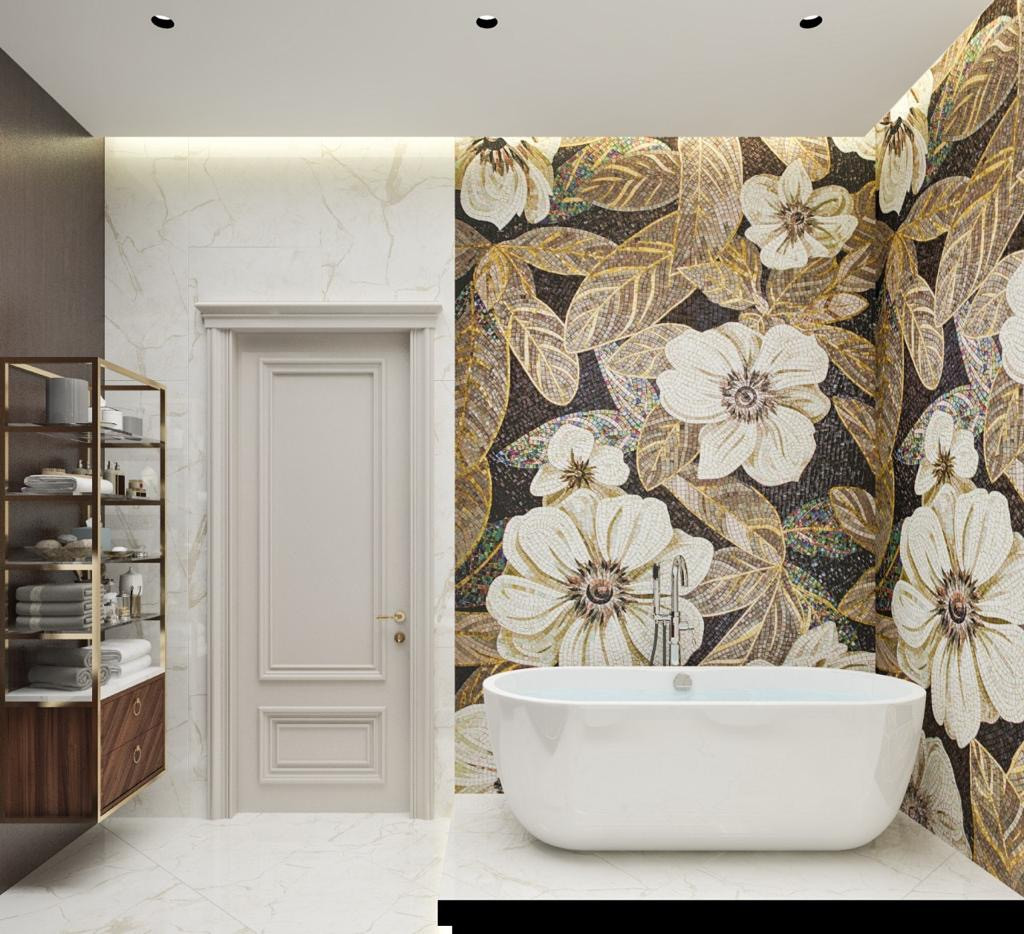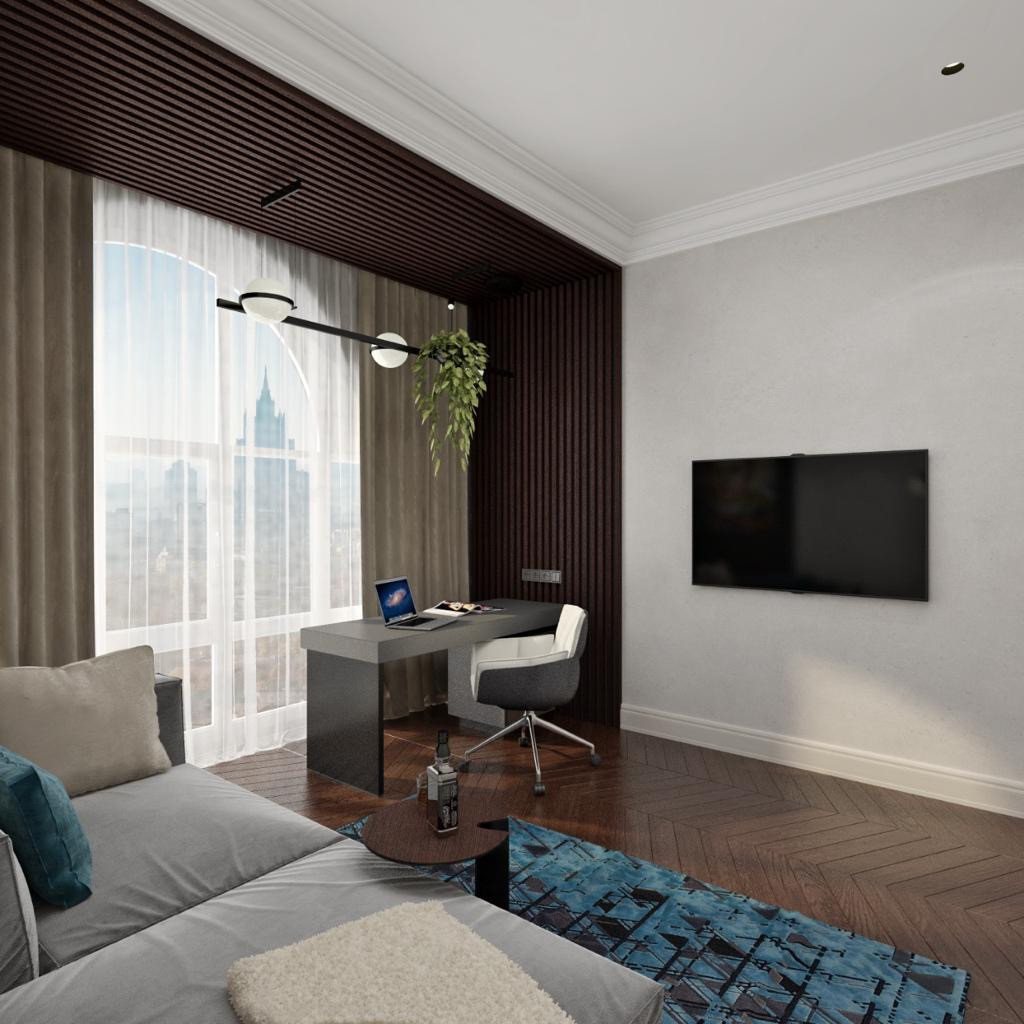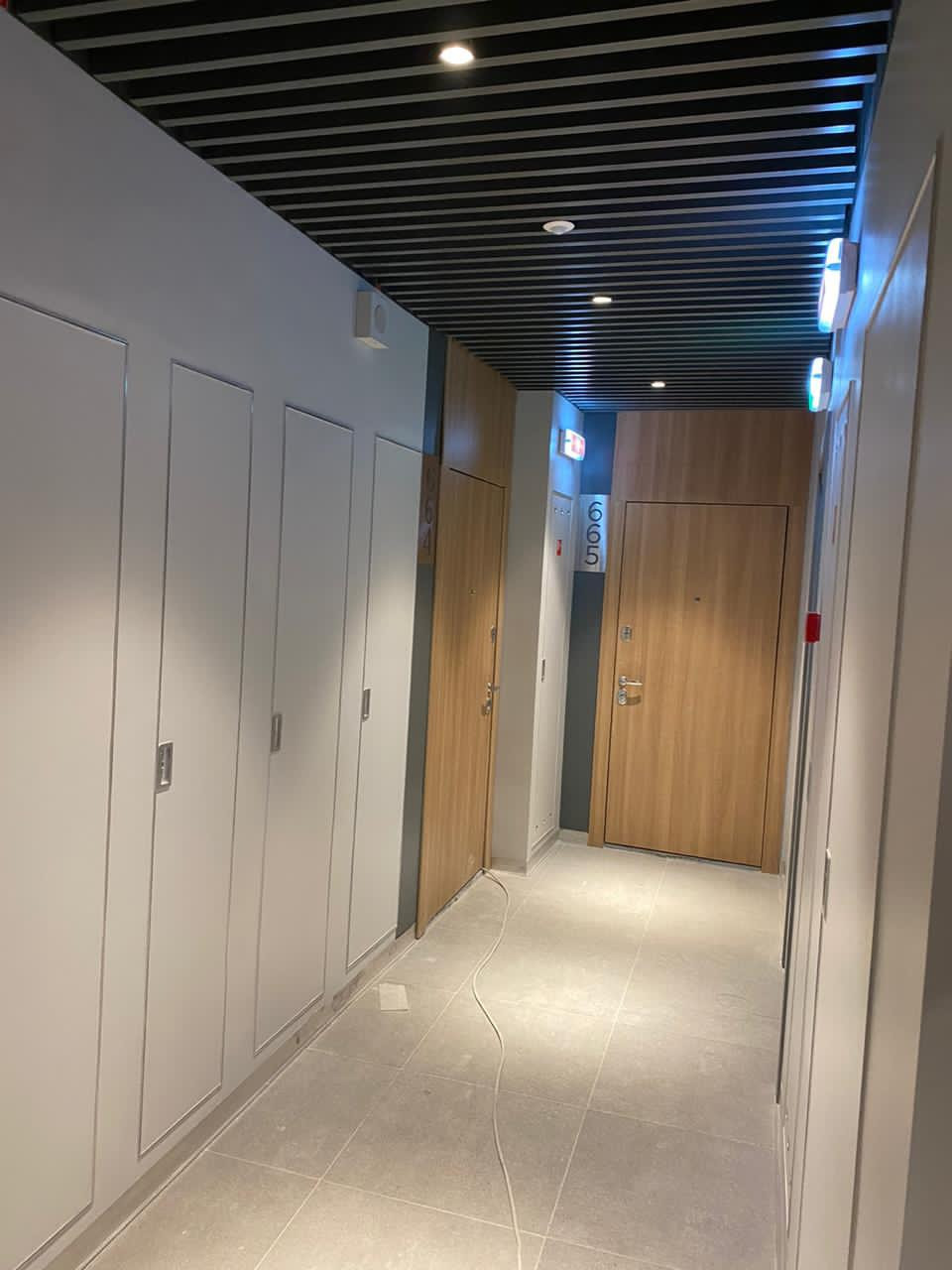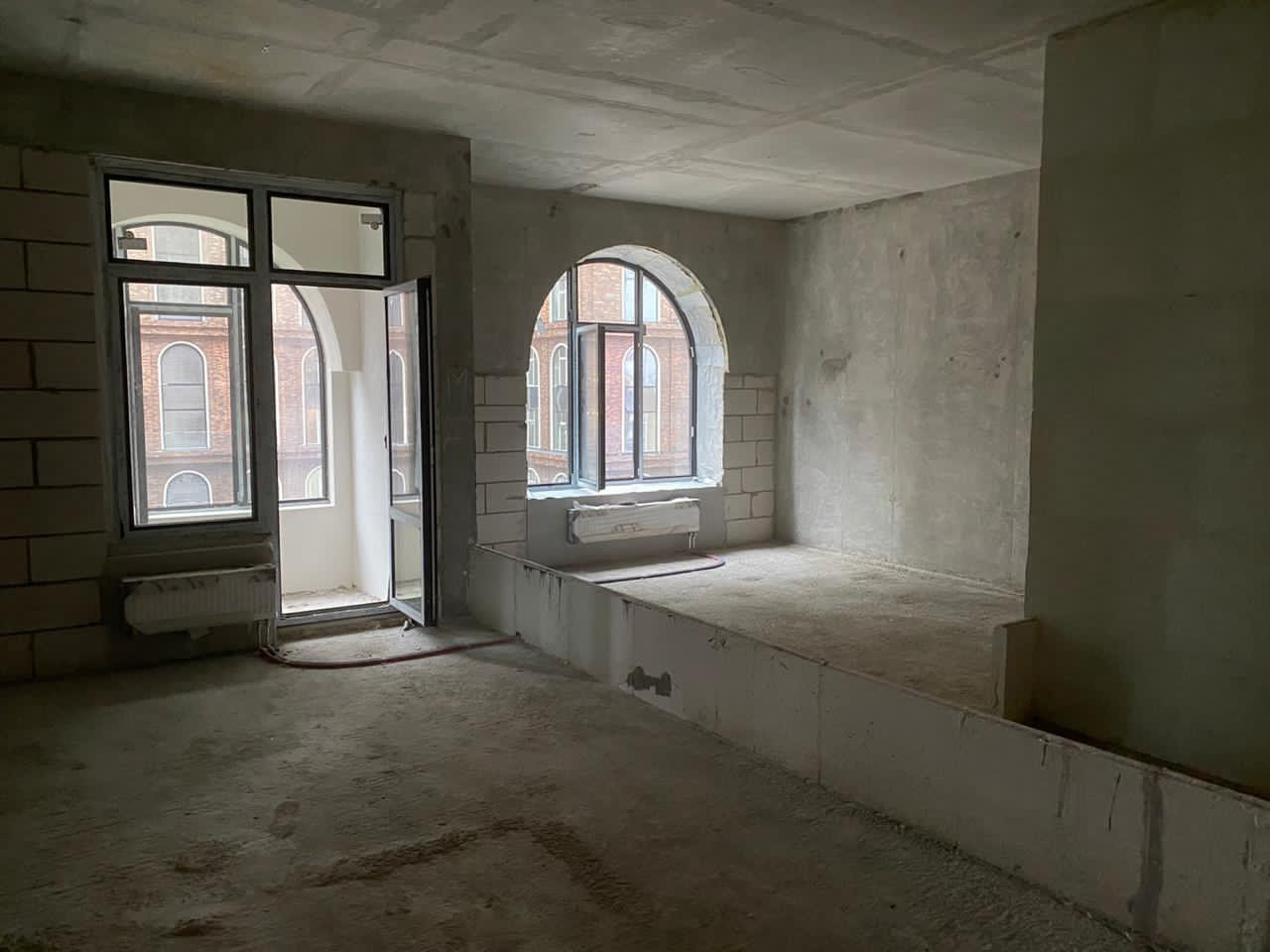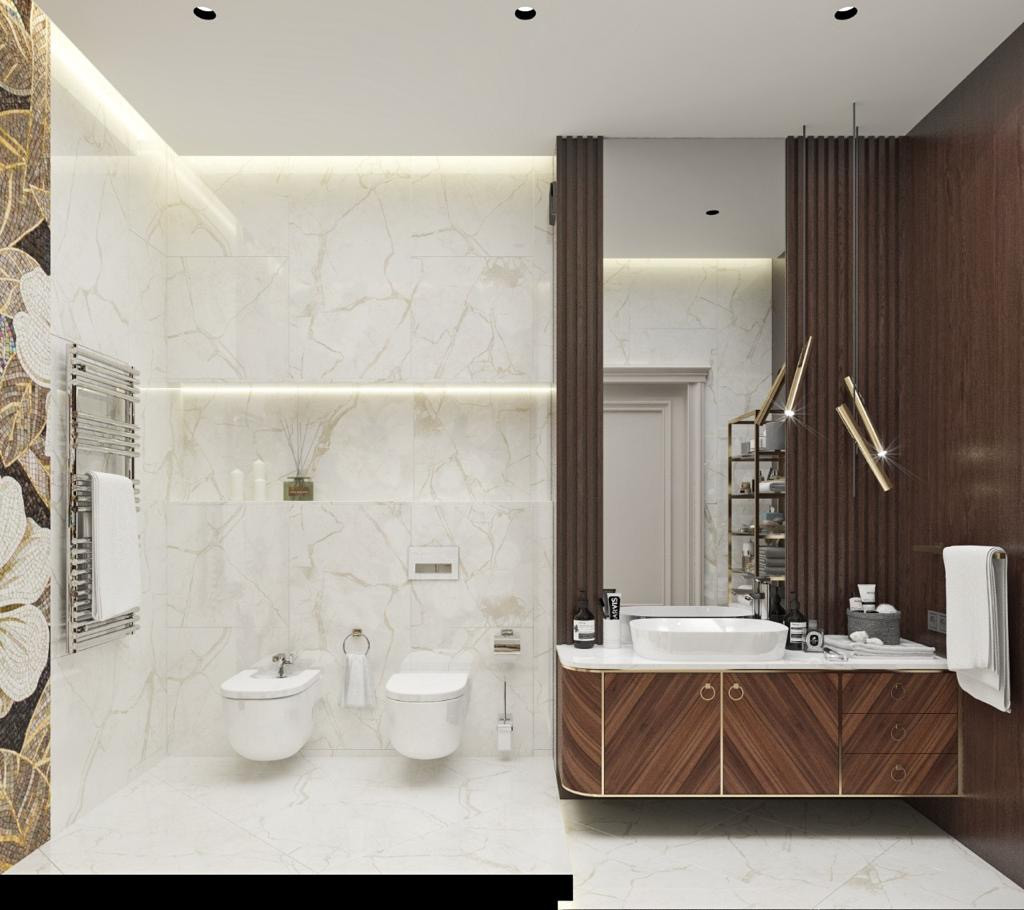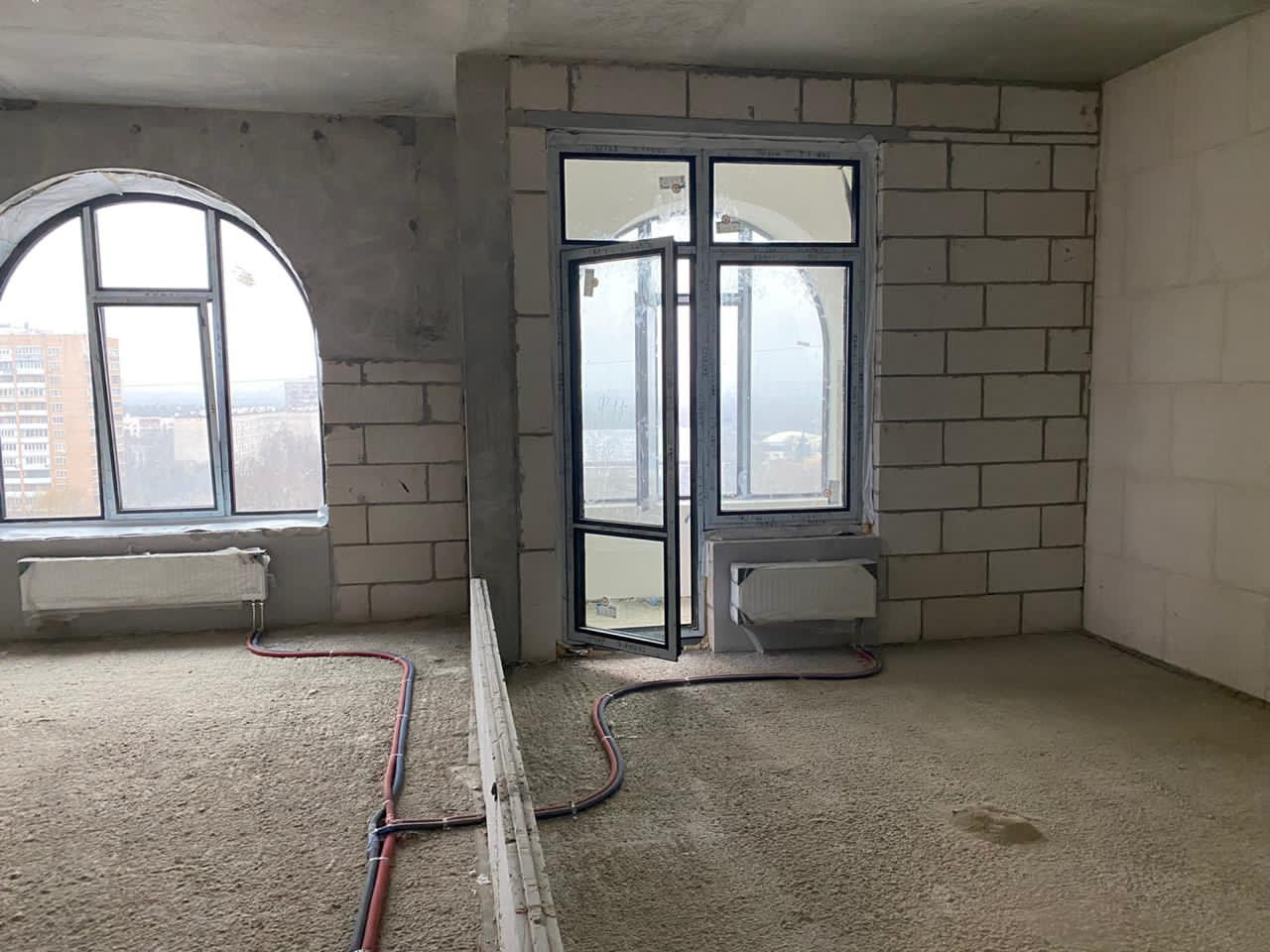Overview
- Apartment
 4
4
 2
2
 1
1
 132
132
 2020
2020
Description
sale 4-room apartment in Moscow, 132 m². New flat. The design project is attached. The Serebryany Park business-class residential area is located in the north-west of Moscow, in the Khoroshevo-Mnevniki area, seven minutes from Serebryany Bor and 15 minutes from the Shchukinskaya and Oktyabrskoye Pole metro stations.
The projected Zhivopisnaya station will open in five minutes on foot. The journey by car to the Garden Ring takes 25 minutes, to the Third Transport Ring along the Zvenigorodskoye or Volokolamskoye Highways and Leningradsky Prospekt 20 minutes.
Within half an hour by car or bus, there is the Moscow Ring Road and the Moscow International Business Center Moscow-City. Infrastructure In the courtyard there is an English kindergarten Gornitsa-Uzornitsa. The commercial premises on the ground floors will house a farm products store, a coffee shop, a pastry shop, a yoga studio, a pharmacy, a barbershop, a dry cleaner, and a supermarket
Features of the sale 4-room apartment in Moscow
- Intercom concierge closed area code door
- View to the courtyard, to the park
- Underground
- Playground playground
- School kindergarten park fitness
Apartment
- Rooms four
- Square 132 m 2
- Floor 7
- Bathroom combined
- Repairs no renovation
- Redevelopment yes
- View from windows into the yard to the park
Information about sale 4-room apartment in Moscow the building Parshina street, 10
- Year built 2020
- Number of floors 20
- Wall material monolithic
Moscow is the economic hub of the country, as well as Russia’s wealthiest and most prosperous city, and the residence of nearly all of the country’s billionaires – according to a Forbes Magazine report published in 2008, Moscow now has more billionaires than any other city in the world.
Moscow is also the most populous city in Europe, with a population of more than ten and a half million people. Although Moscow’s utility costs and income tax rates are relatively low, the overall cost of living in the city is high; in 2006, it was named the world’s most expensive city for foreigners to live in.
Since the dissolution of the Soviet Union, Moscow has experienced a resurgence in popularity. The numerous churches in this pre-Communist religious hotspot have been renovated and spruced up in recent years. Some of the Party’s buildings have been converted into commercial establishments.
While life in Moscow has become more liberated in recent years, the police presence has increased, and security has become more intense as a result of the terrorist attacks of 2002 and 2004. In the winter, it is also bitterly cold, but the snow adds to the picturesque appeal of the city’s old cathedrals and palaces, which are particularly beautiful in the snow.
Moscow, on the other hand, is a pleasant city to visit. It has a thriving nightlife and a plethora of shopping opportunities. Tverskaya Street is the most popular destination for nightlife and shopping in Moscow. Towards the southern end of this street, you’ll find more upscale bars and restaurants. Designer boutiques can be found in the nearby Tretyakovsky Proyezd district.
Moscow is named after the Moskva River, which is a tributary of the Oka River, which is a tributary of the powerful Volga River. Over the centuries, the winding Moskva has provided the city with sandy beaches as well as serving as an important trade and transportation route for the city.
Moscow is surrounded by four ring roads, two of which are remnants of the city’s former boundaries: the Garden Ring (which is now a bit of a misnomer because there are no longer any gardens along the road) and the Boulevard Ring (which is also a misnomer because it does not complete a circuit), which were built to replace the city’s defensive walls in the early nineteenth century. For decades, the Moscow Ring Road (also known as MKAD) defined the boundaries of the city until Moscow began annexing territories outside of its borders in the 1980s.
This vast and densely populated metropolis is divided into ten administrative divisions, known as okrugs. Eight okrugs radiate out from the central okrug, which includes the Kremlin, which serves as Moscow’s administrative center. There is one more okrug, Zelenogradsky, that is distinct from the others.
The okrugs of Moscow are further subdivided into districts, which number a total of 123 in number.
Okruga Centralna (Administrative Center)
The Kremlin, which serves as Russia’s political center, is located in the heart of the Central Administrative Okrug. Palaces and churches can be found within the city’s thick walls of red brick.
The Senate Building, which is triangular in shape and 230 years old, is one of the more recent structures in Moscow. In addition to being the President’s official residence, it also serves as the White House. The even more recent State Kremlin Palace, which was completed only in the 1960s, is now being used as a concert hall.
Cathedral Square, located within the Kremlin, is home to the Russian Orthodox Cathedral of the Assumption, which is the oldest and largest of the Kremlin’s many churches. The cathedral has a golden dome and is the largest of the Kremlin’s churches.
Russia’s Kremlin overlooks the famous Red Square, which is flanked on one side by the multicolored onion domes of St Basil’s Cathedral, which is perhaps the most iconic and well-known symbol of Moscow and the Russian Federation. The cathedral, which was built by Ivan the Terrible in 1555 to commemorate his annexation of the states of Kazan and Astrakhan, is widely regarded as the world’s most beautiful and famous example of ornate Russian Orthodox architecture.
The Kremlin is surrounded by a number of different neighbourhoods and sub-districts, each with its own distinct character and historical landmarks. Kitai-Gorod, a historic neighborhood bordering Red Square, is home to numerous administrative buildings, restaurants, a slew of churches, and a few courtyards once used by merchants.
Tverskaya Street, which runs north-south from the Red Square and south-south to St Petersburg, is the most important and most vibrant thoroughfare in Moscow. It is lined with cafes, nightclubs, museums, and shops, and it is a hive of activity at all hours of the day and night.
The Boulevard Ring, the city’s innermost ring road, is made up of a series of boulevards with a 10-kilometer-long park running through them. This green space includes a few playgrounds, a pond, and a number of paths that Muscovites enjoy strolling along. This location is also known as Bely Gorod, or “White Town,” in honor of the white defensive walls that were built around it in the 16th century. Two centuries later, the walls were demolished and replaced by boulevards lined with trees and iron lampposts, but the name of the city was retained. The trees were later cut down for fuel by Napoleon’s army in 1812, but new lindens and poplars have grown in their place. Pushkin Square, a bustling and popular gathering place, is one of the many points of interest in this neighborhood. The pond Chistiye Prudy, located in the eastern part of the city, is ideal for boating in the summer and ice skating in the winter.
The neighborhood of Zamoskvarechye, which translates as “the land beyond the Moscow River,” is located close to the city center. It consists of a group of islands to the south of the Moscow River that have been home to settlements for more than 800 years. Originally, these were the bases of the Mongol envoys who came to visit. Residents eventually settled in this area of the city. When Mongol rule ended, a slew of craftsmen were drawn to these islands, where they constructed simple churches. It eventually developed from a craftsmen’s village to a fashionable merchant’s neighborhood in the nineteenth century, where it became the site of mansions and the first art museum in Russia, the Tretyakov Gallery, in the twentieth century. Houses and churches were built first, and then industries sprung up alongside them. The area contains some historic sites, such as Bolotnaya Ploshchad, which was once a square where public executions were performed but is now a peaceful park. The main draw of the neighborhood, however, are the numerous galleries, antique shops, and cafes that give it its artsy and casual character. The Novokuznetskaya, Tretyakovskaya, and Polyanka Metro stations, all within walking distance, provide access.
The Petrovka district, which extends eastward from Tverskaya and has a traditional feel, is located in the heart of Moscow. It is home to an ancient bathhouse as well as a couple of monasteries. Restaurants, both old and new, as well as shops, can be found in this area. The Ukrainian Quarter, located to the southeast of Petrovka and surrounded by embassies and drab government offices, contains architectural gems, cafes, and souvenir shops along its steep and winding roads. To the northwest, you’ll find the bustling Arbat district, which is surrounded by elegant streets.
Outside of the Garden Ring Road, there are fewer attractions, most of which are former country estates that have been converted into museums or concert halls in a typical urban setting.
Residents of this neighborhood have a longer life expectancy than the majority of Moscow residents, which is likely due to their higher levels of education and social standing. However, there are several wealthy communities in the Central Okrug, which makes up a large portion of the population.
Details
Updated on June 12, 2021 at 10:26 am- Price: 44,200,000₽
- Property Size: 132 m²
- Bedrooms: 4
- Bathrooms: 2
- Garage: 1
- Year Built: 2020
- Property Type: Apartment
- Property Status: For Sale

